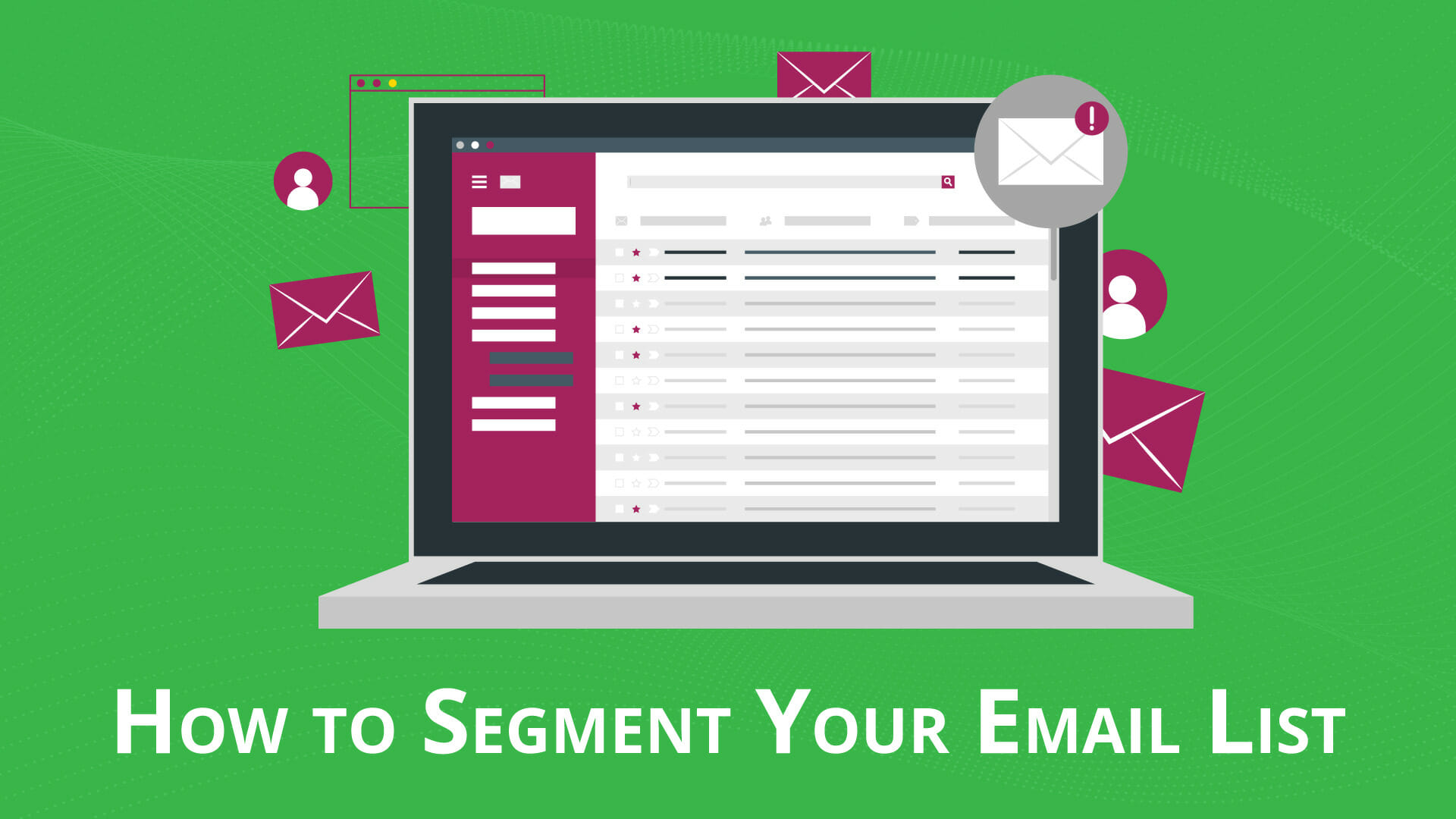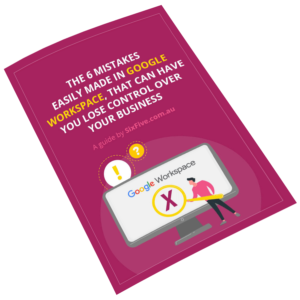
When done well, email can nurture existing leads into happy, paying customers. When done poorly, it can send your subscribers scrambling to unroll from your email list.
It’s understandable why some business owners may approach email with caution: a great number of people have openly voiced their dislike towards emails. If email was designed to be a helpful tool, this leaves us to assume that some companies may not be using email marketing as they should.
A 2019 survey from Slick Text counted on 1,000 employed adults regarding their feelings about workplace communication. As it turns out, receiving fewer emails would mean an increase in job satisfaction.
In this case, companies should know that it’s not about the number of emails they send, but rather about how well they can segment these emails. Segmenting an email list is by far the best way of reaching the right people, with the right messages, at the most appropriate times.
Today, we’ll show you some of the different ways you can segment your email list. So you can ensure your email is working for you, instead of against you.
What is Email Segmentation?
In simple terms, email segmentation means breaking your email list down into segments. These “segments” refer to the different subscribers on your list.
Larger email lists will typically feature a mix of subscribers: those who have purchased once, those who have purchased several times, those who haven’t purchased anything (but plan to), as well as those who are “just looking.” And within those segments, subscribers will also vary in age, location, gender, and preferences.
Moral of the story: sending the same emails to all of those different people isn’t an effective strategy. Your goal should be to send strategic emails to the right audiences.
Yet, for your strategy to succeed, you need to know where to start.
What Do You Need to Start Segmenting Your List?
Collecting Emails
If your email list is still relatively small, you won’t need to worry about segmentation just yet. At this stage, you should be focusing on growing your email list by collecting emails through a lead magnet.
Once your list starts to grow, you can start applying the techniques we’ll mention in this article.
Know Your Audience
It all goes back to knowing your audience and zeroing in on their content preferences. This requires a deep knowledge of not only your audiences’ demographics, but also their psychographics. By knowing their deep aspirations, feelings, and pains, you’ll know what type of email content makes them tick.
Choose Your Strategy
Choosing your segmentation strategy is also a matter of understanding your audience. There are different filters you could consider when segmenting your email list. Will you segment by location? By purchase history? By engagement?
Below, we’ll share with you a handful of ways you can do it.
Ways to Segment Your Email List
By New Subscribers
Getting brand new subscribers is the perfect opportunity to introduce your value to them. Without segmentation, many businesses will run the risk of directly selling products to a fresh subscriber, which could make them lose interest pretty quickly.
By creating a welcome series to new subscribers, you’ll be delivering meaningful content this segment can resonate with – rather than ruining your chances by mentioning products right away.
Interestingly, some form plugins (like this SendinBlue one) allow subscribers to select the content options they’d like to receive in their inbox. Because these plugins can integrate with your email marketing platform, this makes it easier for you to also segment your emails based on preferences.
By Location
This is an important one, particularly if your email list features subscribers from around the globe.
Because time zones can play a role on whether subscribers open your emails or not, you’ll want to send emails at the right times. Think about it: you could be sending click-worthy emails, only for potential customers not to see them. They might have been asleep, and by the time they’ve woken up, their inbox may have already buried your email.
By Engagement
As mentioned at the beginning of this article, your list will likely feature all kinds of engagement. Segmenting your subscribers by engagement lets you acknowledge your biggest fans, while understanding why certain subscribers may no longer be interacting.
For example, the subscribers who haven’t engaged with your emails for a while could benefit from a win-back strategy. In contrast, subscribers who engage with your emails often could use some perks and recognition.
By Past Purchases
Your email sequence doesn’t end after a customer buys a product.
For best results, you should send an after-sales nurturing email. This way, you can leverage email marketing to ask for a review, a testimonial, and even suggest products based on their past purchases.
By Loyalty
Coupons. Birthday messages. Exclusive offers. Your VIP customers don’t deserve any less than that.
That’s not to say your other segments deserve careless emails, though. Each one of your segments deserves emails that match where they’re currently at. Here’s another example:
A new subscriber will benefit from actionable emails that tell them where to go from there – whereas a VIP customer wants to know when the next product will launch. They’re not the same.
If you have a group of subscribers who have been loyal to your brand for a while, you should consider saying “thanks” in the form of exclusive emails. They’ve earned it!
Email Segmentation Will Give You the Most Bang For Your Buck
Without an email segmentation strategy, you’ll be essentially putting emails out into the world and crossing your fingers. Your delivery, open, and click-through rates won’t be as satisfactory as they could be without it. Plus, it’s a waste of your efforts and your money.
By automating your email marketing processes as much as you can, you’ll keep this segmentation work headache-free. Remember that email marketing should be a helpful mechanism. When your website, CRM, and current email marketing platform work seamlessly together, your job becomes easier and more profitable.

